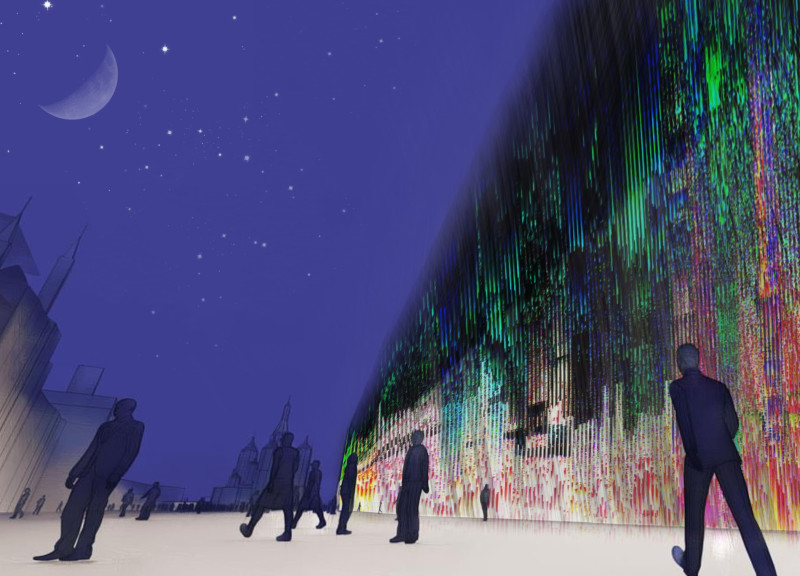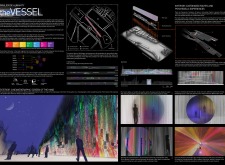5 key facts about this project
The Pavilion of Humanity is located in Moscow's Red Square and is designed to explore the connection between human emotions and the built environment. The project aims to create a space that allows visitors to engage with their inner thoughts while navigating through an innovative architectural form. By prompting a dialogue between mind and body, the pavilion encourages personal reflection and collective understanding in a vibrant public setting.
Color Theory and Emotional Expression
The design incorporates a deliberate use of color to represent different emotional states. Each color serves a specific purpose, providing a visual language that resonates with those in the space. Red represents confidence, orange signifies trust, yellow conveys healing, green stands for compassion, blue symbolizes sincerity, pink reflects royalty, and purple indicates luxury. These color choices are linked to hormones that influence feelings, such as cortisol, which is associated with stress, and oxytocin, which represents love. The thoughtful application of color adds depth to the experience within the pavilion.
Dynamic Spatial Experience
The layout of the pavilion features flexible floor plans that change across various levels. This design promotes engagement and interaction among visitors, allowing them to connect with the space and each other. The inclusion of biosensors enables the environment to adapt to the emotional states of its occupants, responding to crowd density and individual moods. This interaction turns the pavilion into a responsive entity, highlighting how human presence shapes the experience of space.
Cinematographic Exterior
The exterior of the Pavilion of Humanity offers a unique visual experience that reflects the mental states of those inside. This relationship creates a connection between inner feelings and the world outside. Fiber-optic cables surround the structure, enhancing its sensory quality. These cables can change in appearance based on the number of people present, allowing the pavilion to visually communicate the buzz of human activity. The design encourages passersby to consider their own emotions in relation to those within the pavilion.
In the cultural context of Moscow's Red Square, the pavilion embodies the diverse identities that come together in this historic location. Its architecture serves as a mirror for the complexities of shared human experiences, emphasizing the importance of emotional resonance in the environment. The thoughtful design details, from color dynamics to responsive elements, create a rich narrative that connects personal feelings with communal interactions.



















































